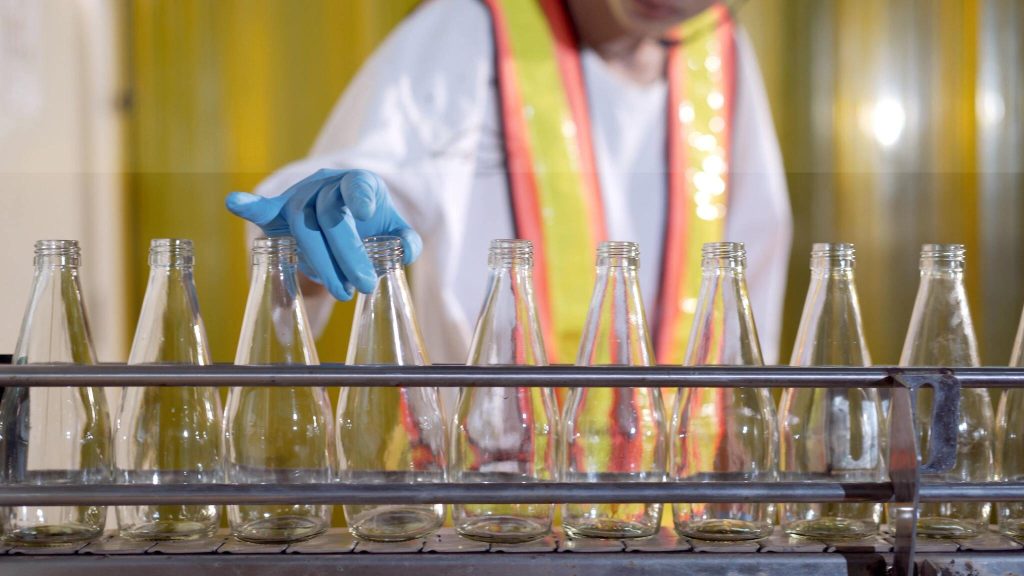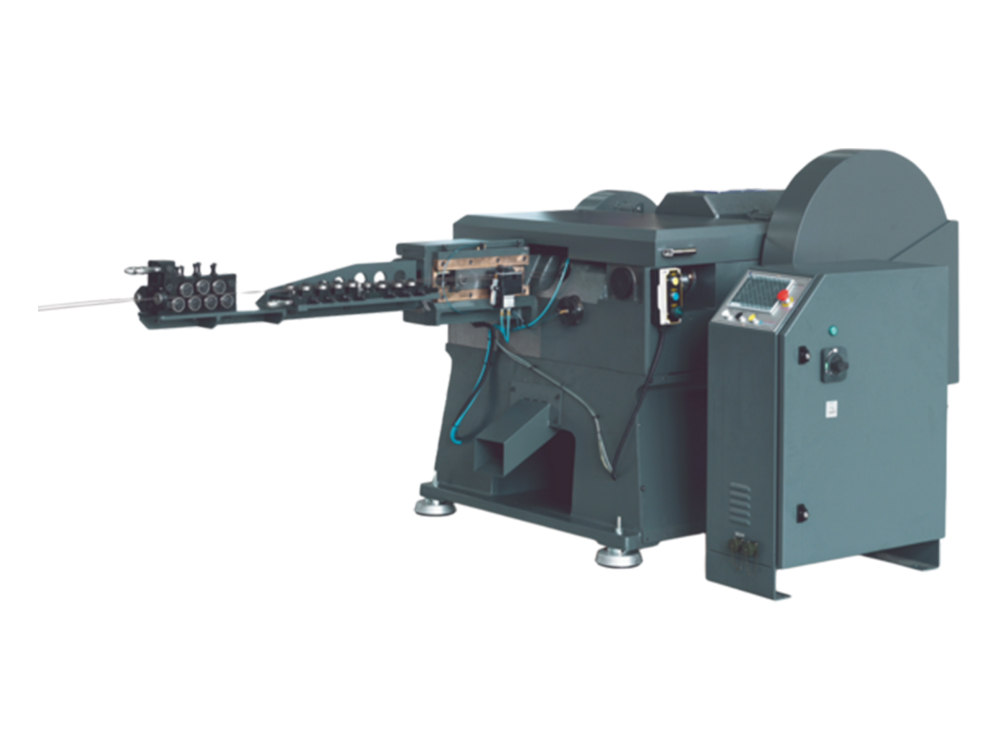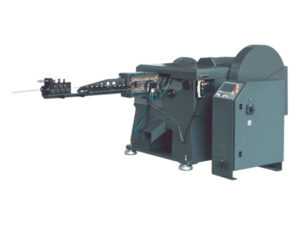Continuous separation of solids from liquids is accomplished with decanter centrifuges. A conveyor conveys the solid material toward a discharge nozzle on the opposite end of the machine.
Quality assurance is process-oriented, baking quality into every step from development to testing. After a product has been manufactured, quality control looks for problems. It is product-oriented.
Process Control
Achieving, ensuring, and maintaining quality is a business’s key to success. When customers trust that a company delivers consistent quality, they return. But if your product’s quality falls below expectations, they’ll go elsewhere.
You may maintain high-quality standards in your production operations using decanter centrifuges. It includes determining the best settings for your operation, such as regulating the speed of the conveyor belt or tapping off solids from the bowl.
Your QC team can create a control chart to track your process’s performance and identify patterns. Then, your QA team can make improvements that decrease the risk of a quality issue occurring again. It keeps your costs low and maintains your customer’s satisfaction.
Process Monitoring
Decanter centrifuges process a waste stream of liquid and solid particles using high G’s of centrifugal force. It causes graded settling, separating the fluid from sludge. The sludge is discharged from ports in the bowl assembly and conveyed away for disposal or further processing.
Production monitoring is another quality control and assurance tool that allows a business to track the progress of each part, component, or product through the production process. It can help a company identify bottlenecks that need to be addressed to increase efficiency and improve productivity.
Anomaly detection is one of the most critical aspects of quality control and assurance, yet it can be challenging to detect. Anomalies can result from various things, so monitoring and testing many different sensor channels to determine what is causing an anomaly is essential. Anomaly detection is best done in real-time to resolve quickly and minimize damage and downtime.
Process Optimization
The decanter machine uses centrifugal force to separate solids from liquids. The waste stream enters the decanter centrifuge through a spiral conveyor and is directed into a rotating bowl. The centrifugal force causes graded settling and separates the fluid from the sludge in the center of the bowl. The separated fluid then discharges out ports in the bowl assembly. These machines also feature wear protection, such as replaceable tiles and liners to protect the bowl and spiral from excessive wear.
One of the main goals of quality control is to optimize processes, reduce defects, and boost productivity. It is achieved by minimizing manual tasks, maximizing resources, and ensuring all process aspects work correctly.
One method used to analyze processes and identify issues is a control chart. It is a graphical compilation of the performance of sampled products against predetermined standards. By tracking these charts, companies can identify and fix problems early, lowering costs.
Process Troubleshooting
Centrifuges are designed to be low-maintenance machines. However, they require periodic inspection and maintenance to ensure the best performance and operation. Chemicals may need to be added to the feed to assist with sedimentation and removal of contaminants in specific applications. Additionally, the machine’s sizing is critical to minimizing operational costs. For example, a centrifuge rated for 100 gallons per minute should be sized to process that volume of material.
Another essential part of the quality control process is identifying and mitigating defects as early as possible. That is especially true because problems detected in later steps are more expensive to fix than those mitigated earlier. QA teams will examine the deliverables for errors and conformity problems using a range of quality assurance techniques, including statistical sampling and inspection, to prevent expensive errors. They will also record the test findings to pinpoint any issues that require improvement.
Industrial Centrifugation: Advancing Manufacturing Processes
Explore the world of industrial centrifugation and how it plays a pivotal role in advancing manufacturing processes. Discover how efficient separation and streamlined waste processing contribute to higher-quality outputs. If you want to delve deeper into the realm of industrial centrifugation, this is your opportunity to gain insights into the cutting-edge technologies shaping the manufacturing landscape.
Ensuring Manufacturing Excellence with Decanter Centrifuges
Manufacturing excellence is a result of various factors working seamlessly, and decanter centrifuges play a crucial role in this equation. These powerful machines ensure precise separation of solids and liquids, contributing to the production of high-quality materials. From controlling processes to optimizing efficiency, decanter centrifuges stand as a cornerstone in the pursuit of manufacturing perfection.
Process troubleshooting is a critical aspect of maintaining the functionality of decanter centrifuges. Regular inspections and proactive maintenance ensure that the machines operate at their best. Adding specific chemicals to the feed stream aids in sedimentation and contaminant removal, preserving the integrity of the final product.
In the world of manufacturing, where precision is paramount, industrial centrifugation becomes an indispensable ally. It’s not just about meeting quality standards; it’s about exceeding them. Embrace the power of decanter centrifuges, and witness the transformation of your manufacturing processes towards excellence.

















